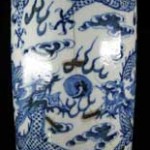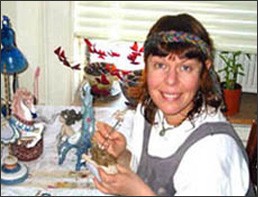Porcelain dolls represent rare collectibles which are able to increase their value in time. As beautiful as porcelain dolls are they are also quite delicate and can be easily damaged. Older dolls may require a certain degree of restoration in order to return to their original condition. If you're ..
Is Bone China made of bone?
Yesterday, a client asked us what "bone china" was, so I thought we should put the answer on the blog. Here it is: Bone china ware have been been used and displayed for centuries. But what is bone china? Unlike "fine china", bone china actually contains bone ash as one of its ingredients. So ..
Riveting
Greetings, A lot of clients ask us whether they can use the restored items for practical purposes, i.e. to drink or eat out of. We explain to them that any professional restoration precludes washing the restored items or filling them with liquid. What we mean by "professional restoration" is ..
Western Porcelain and Porcelain Restoration
According to scholarly research of the past 100 years, the invention of European porcelain is attributed to Johann Friedrich Bottger (1682-1719); however, modern independent researchers argue that it is Ehrenfried Walther von Tschirnhaus (1651-1708) who is the real inventor of porcelain in ..
What Does “Restoring” Mean?
Restoring is a popular name given to repair and mending of ornamental china, bisque dolls, majolica, plaster, etc. It simply means restoring a damaged ware to its first perfection. It includes all forms of bonding with cold setting adhesives (that's what we specialize in; some prefer thermal ..

